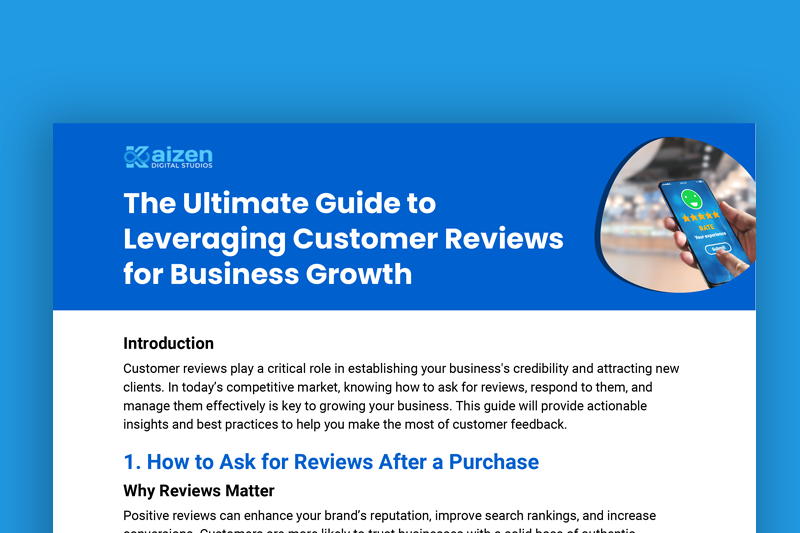We know running a small business is no easy feat. You’ve got a laundry list of tasks that need attention, and now, someone is telling you that you need to focus on Local SEO too. But here’s the thing: local SEO isn’t just another “digital marketing trend”—it’s a game-changer. This strategy is all about ensuring that your business gets found by people in your community who are actively searching for services like yours. Imagine dominating the local market without needing the massive budgets of national competitors. Let’s break down how you can make this happen step by step.
Understanding Local SEO and Why It Matters
Defining Local SEO
Local SEO is the process of optimising your business’s online presence to attract more traffic from geographically related searches. These searches could include “pizza near me” or “best yoga studio in Perth.” In fact, 46% of all Google searches are seeking local information. If you’re not showing up, you’re missing out on potential leads, clients, or customers who are right around the corner.
For instance, if you’re a dentist based in Perth, there’s no point in your website ranking well for people searching for dentists in Sydney. Local SEO ensures that your website is visible to people searching for your specific service in your specific area. It’s not about reaching everyone—it’s about reaching the right people. Think of it as targeting customers who are already walking past your door but haven’t noticed you yet.
Importance for Local Businesses
- Increased Local Visibility: When people perform a local search, Google prioritises businesses within proximity. A solid local SEO strategy gets your business at the top of search results, making you the first choice for people in your neighbourhood.
- Competing with Larger Brands: If you’re a small or medium business, local SEO levels the playing field. While big companies may dominate national searches, a well-optimised Google Business Profile (GBP) can help you stand out for location-specific queries. “For instance, consider a coffee shop in Perth. With effective local SEO, this small business can outrank larger chains like Starbucks for searches like ‘best coffee shop near me,’ making them the first choice for locals.
- Higher Conversion Rates: According to Google, 76% of people who conduct a local search on their smartphone visit a business within a day, and 28% of those searches result in a purchase. By capturing users who are already in the decision-making phase, local SEO tends to convert at much higher rates than broad SEO efforts.

How To Rank in Local Search Results
Google Business Profile Optimisation
Your Google Business Profile (GBP) is arguably the most critical tool for local SEO. It’s your storefront in the digital world.
- Claim and Verify Your Profile: If your business isn’t verified, it won’t appear in Google’s local results. Head over to Google Business Profile to claim your listing. Google will either send you a postcard or verify your business through a phone call.
- Optimise Your Business Info: Ensure your business name, address, phone number (NAP), and business category are all correct. If you run a café, for instance, your business category should clearly state “Café” or “Coffee Shop.” Incorrect or incomplete information could mean lost customers.
- Add Photos and Videos: Businesses with photos receive 42% more requests for directions and 35% more clicks to their websites. Upload images of your storefront, staff, and products. For example, a local flower shop could showcase floral arrangements, making their profile more engaging and trustworthy.
- Respond to Reviews: Customer reviews play a huge role in your local ranking. A business with more (and higher) reviews often ranks better. But here’s the trick—respond to both positive and negative reviews. For example, if a local plumber receives a review stating their service was slow, a prompt response with a genuine apology and offer for future discounts can repair that relationship.

Optimising for Local Keywords
Local keywords are the backbone of local SEO. These are the phrases that people use to find businesses like yours, but with a geographical qualifier.
- Local Keyword Research: Tools like Google Keyword Planner or Moz Local can help identify which local keywords are most relevant to your business. For instance, a personal trainer in Brisbane might focus on terms like “Brisbane personal trainer” or “fitness coach in Brisbane.”
- Use Long-Tail Keywords: These are phrases that are more specific and typically less competitive. Use long-tail keywords to capture more specific user intent and attract higher-quality leads. These phrases, like “best hair salon for balayage in Adelaide” rather than just “hair salon,” reflect what potential customers are actively searching for, making them more likely to convert. Long-tail keywords align with detailed queries from users ready to make decisions, such as booking a service. Since they focus on niche topics, they not only face less competition but also resonate with local customers seeking specialised solutions, which boosts both relevance and engagement in search results.
- Incorporate Keywords into Your Content: Once you’ve identified your local keywords, strategically include them in your title tags, meta descriptions, headers, and throughout your content. If you run a bakery, your homepage could have an H1 header like “Best Freshly Baked Bread in Los Angeles.”
Building Local Backlinks
A backlink is a link from another website to yours. For local SEO, backlinks from reputable, local websites carry significant weight.
- Directory Listings: Get your business listed on trusted directories such as Yelp, Yellow Pages, and TripAdvisor. Make sure your information is consistent across all directories.
- Partner with Local Influencers or Businesses: If you own a gym, for example, collaborate with a local health blog. Ask them to feature your gym in a post about fitness options in your area.

Getting More Local Traffic and Customers
Leveraging Online Reviews for SEO
Reviews are essential not only for building trust but also for improving your SEO.
- Social Proof: Positive reviews serve as powerful endorsements, building trust and attracting new customers to your business. For example, a pizza restaurant with hundreds of glowing reviews will naturally draw more traffic than a new spot with no feedback. However, negative reviews, when handled properly, can also enhance trust. When a business responds to criticism professionally and genuinely, it shows that they care about customer satisfaction. Addressing negative feedback with solutions or apologies, such as offering to fix a problem or providing a discount for future visits, can turn dissatisfied customers into loyal patrons. This transparency can strengthen your reputation by demonstrating accountability and a commitment to improvement, which often leads to higher overall credibility.
- Automate Review Requests: After a successful service or sale, send your customers a friendly follow-up email or text encouraging them to leave a review. Tools like BirdEye or Podium can help automate this process.
- Respond Professionally to Negative Reviews: A negative review, when handled poorly, can hurt your reputation. If a customer leaves a 2-star review about slow service at your restaurant, a quick and polite response offering to make amends can turn that customer into a repeat visitor.
Using Local Content Marketing
Content marketing should align with your local SEO strategy. Creating content that resonates with your local community can build authority and trust.
- Localised Blog Posts: A roofing company in Seattle could write about “5 Ways to Design Your House for Perth’s Summers.” This not only shows expertise but also ties into local concerns.
- City-Specific Landing Pages: If you operate in multiple cities, create a landing page for each location. For example, Martin & Co Electrical could have pages like “Air Conditioning Repair in Malaga” and “Heating Services in Aveley.” Each page should have locally focused content and keywords.
Engaging with Customers Through Social Media
Social media helps you engage with your local audience.
- Use Geotags: Whenever you post on platforms like Instagram or Facebook, tag your location to make your posts discoverable to nearby users.
- Host Local Events: If your business can sponsor or participate in local events, share this content on social media. This not only boosts local awareness but helps establish community trust.

SEO for Mobile and Voice Search
Optimising for Mobile Searches
Mobile devices account for a significant chunk of local searches. Google’s mobile-first indexing means that if your website isn’t mobile-friendly, you won’t rank well.
- Mobile-Friendly Website: Ensure your site is responsive, meaning it looks good and functions well on mobile devices. Use Google’s Mobile-Friendly Test to check your website’s compatibility.
- Page Speed: 40% of people abandon a website that takes more than 3 seconds to load(SeoServices.com). Tools like Google PageSpeed Insights can help identify issues slowing down your site.
Voice Search Optimisation
Voice searches, like “Where’s the best sushi near me?” are on the rise. Optimising your site for voice search will keep you competitive.
- Focus on Natural Language: Voice search queries tend to be longer and more conversational. Instead of “best sushi,” optimise for phrases like “Where can I find the best sushi in Melbourne?”
- Answer FAQs: Anticipate questions people might ask through voice search and answer them directly on your site. For example, a local mechanic’s site could feature content like “What’s the cost of brake repair in Austin?”
Conclusion
Local SEO is no longer just an option—it’s a must if you want to thrive in today’s digital landscape. By optimising for local search, improving your online presence, and engaging with your community, you can dominate your local market. Ready to capture more local customers? Start implementing these strategies today.






